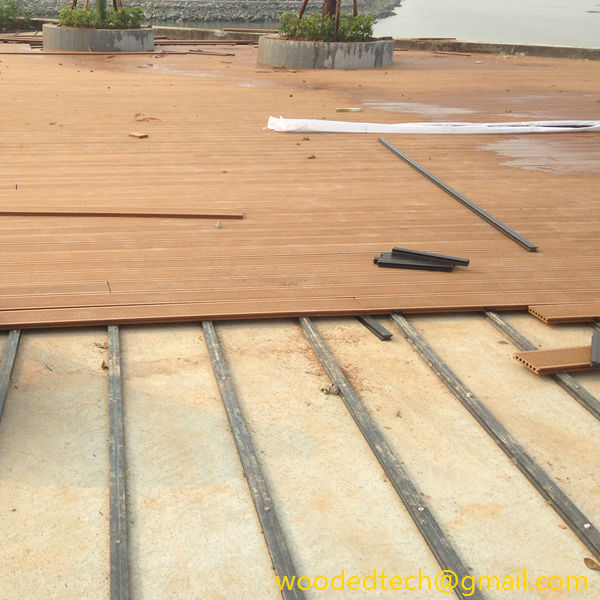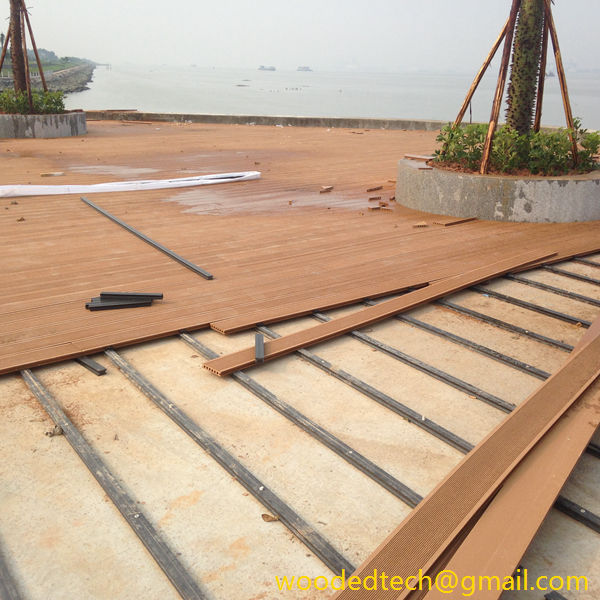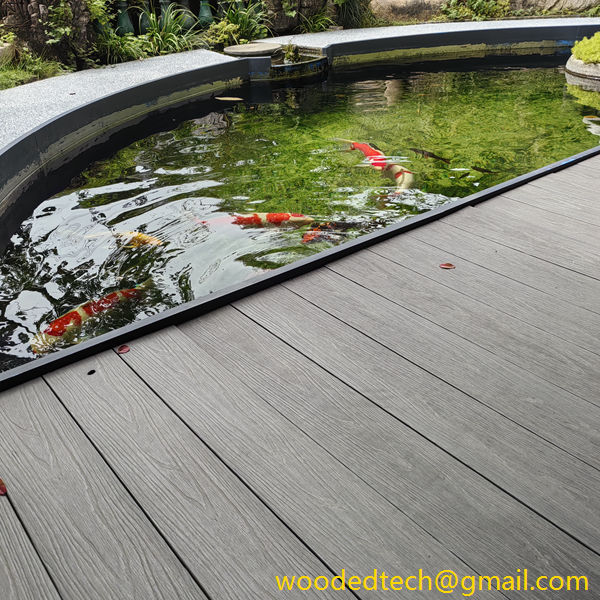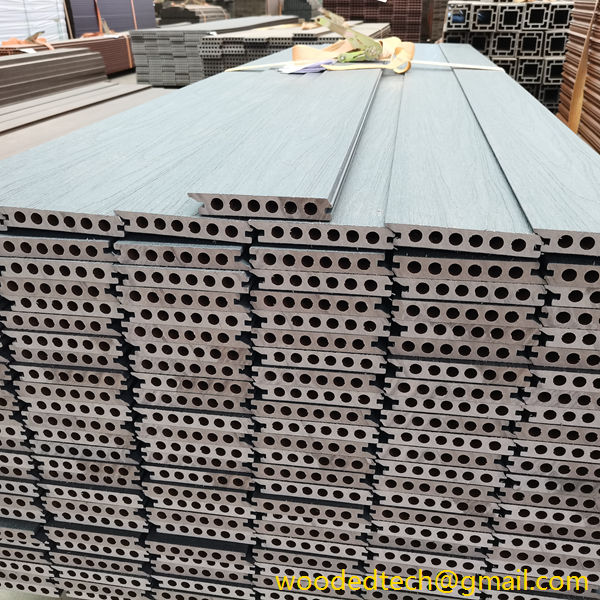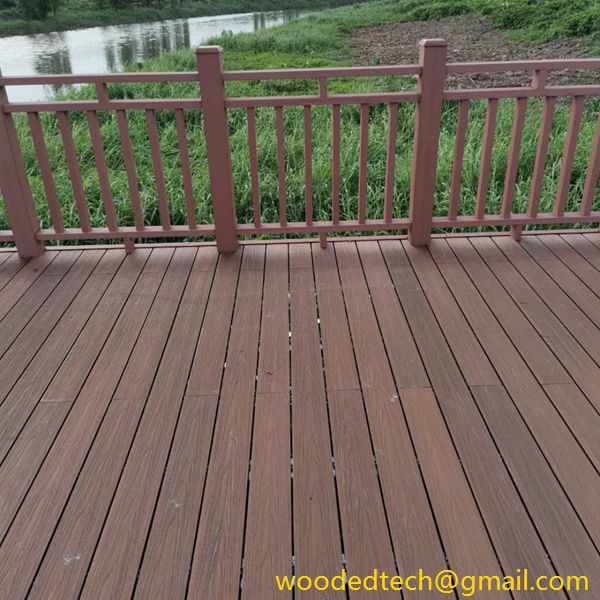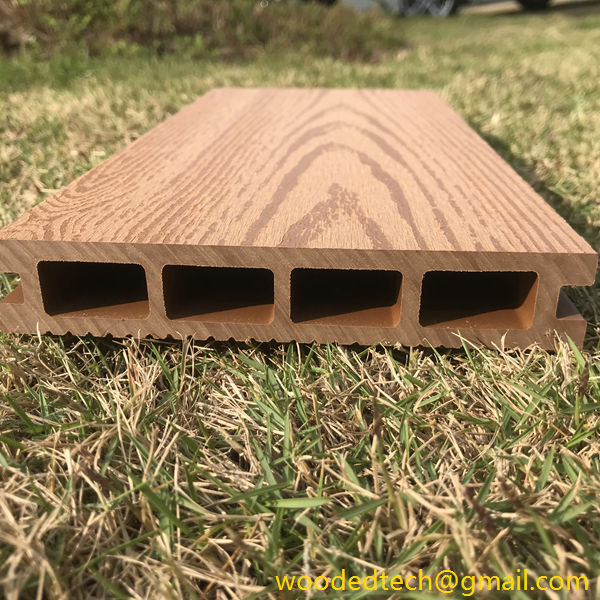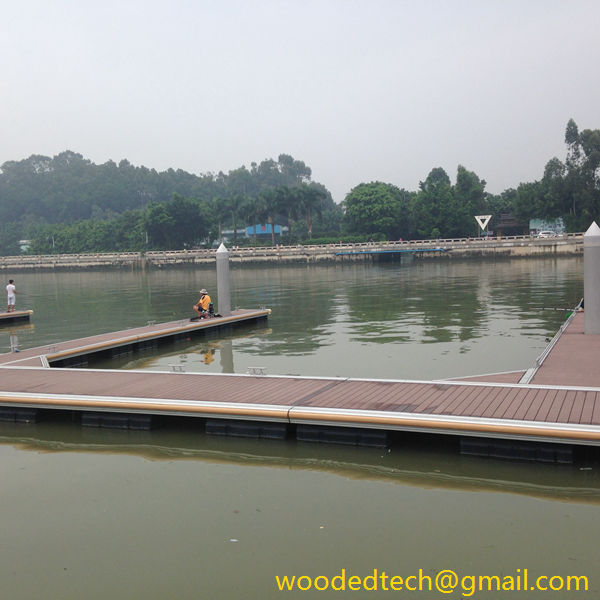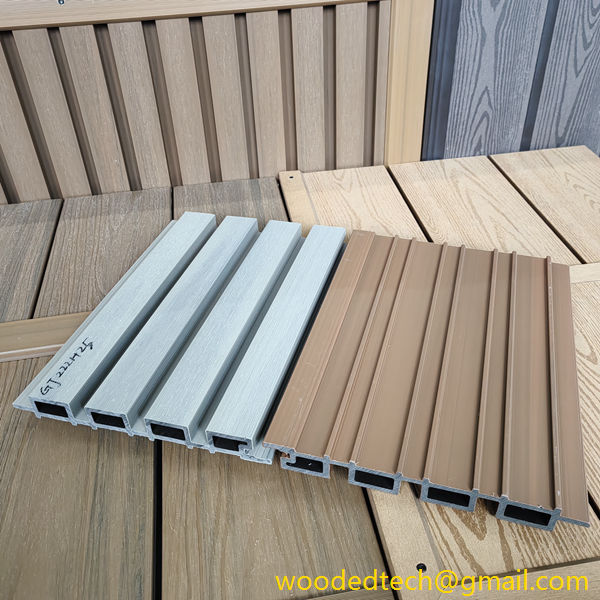How to Install Composite Deck Boards: Tips for Installing Composite Deck Boards Effectively
How to Install Composite Deck Boards: Tips for Installing Composite Deck Boards Effectively When it comes to enhancing the outdoor spaces of your home, composite decking is an increasingly popular choice among homeowners. This material, made from a combination of wood fibers and plastic, offers numerous advantages over traditional wood decking, including durability, low maintenance,…
How to Install Composite Deck Boards: Tips for Installing Composite Deck Boards Effectively
When it comes to enhancing the outdoor spaces of your home, composite decking is an increasingly popular choice among homeowners. This material, made from a combination of wood fibers and plastic, offers numerous advantages over traditional wood decking, including durability, low maintenance, and resistance to rot and insects. However, the installation of composite deck boards requires careful planning and execution to ensure a long-lasting and aesthetically pleasing result. In this article, we will explore effective tips for installing composite deck boards, focusing on various material styles and best practices.
Before you begin, it’s essential to gather your materials and tools. Composite deck boards come in various styles and colors, allowing you to customize your deck to fit your home’s aesthetic. When selecting your boards, consider the color palette of your home and the overall look you want to achieve. Popular styles include traditional wood grain, modern smooth finishes, and even textured surfaces that mimic natural wood. Choose boards that align with your vision while ensuring they are made from high-quality materials for longevity.
Once you have selected your composite deck boards, the next step is to prepare the area where you will be installing the deck. Start by clearing the space of any debris, plants, or old decking materials. Ensure that the ground is level, as an uneven surface can lead to issues down the line, such as warping or sagging. If necessary, use gravel or sand to create a stable base. If your deck will be elevated, consider installing footings or posts to provide adequate support.
Before installation, it is crucial to read the manufacturer’s instructions for the specific composite decking you have chosen. Different brands may have unique requirements for installation, including spacing, fasteners, and expansion allowances. Familiarizing yourself with these guidelines will help you avoid common pitfalls and ensure a smooth installation process.
When it comes to the layout of your deck, planning is key. Use stakes and string to outline the perimeter of your deck, marking where the joists will be placed. For optimal stability, install the joists 16 inches apart, but if you are using larger boards, you may want to reduce the spacing to 12 inches. This will help support the weight of the composite boards and prevent sagging over time. Additionally, consider the direction of the boards; installing them perpendicular to the joists usually provides better support.
Now that your structure is in place, it’s time to start laying down the composite deck boards. Begin at one end of the deck and work your way across, ensuring that you leave a small gap between the boards for drainage and expansion. A gap of about 1/4 inch is typically recommended, but check your manufacturer’s instructions for specific requirements. It’s also essential to stagger the seams of the boards as you install them. This not only enhances the visual appeal of the deck but also adds strength to the overall structure.
When it comes to fastening your composite boards, you have several options. Many homeowners opt for hidden fasteners, which create a clean look without visible screws on the surface of the boards. These fasteners are designed to grip the edges of the boards and secure them to the joists, ensuring a stable installation. If you prefer a more traditional approach, you can also use screws specifically designed for composite materials. Be sure to pre-drill holes to prevent the boards from splitting during installation.
As you work, periodically check that the boards are level and aligned. Use a level to ensure that each board sits evenly and that there are no noticeable dips or rises. Taking the time to make these adjustments during installation will save you the hassle of making corrections later.
One important aspect of working with composite decking is accounting for expansion and contraction. Composite materials can expand and contract with changes in temperature, so it’s vital to leave adequate spacing at the ends of the boards and around any fixed structures, such as walls or posts. This will prevent the boards from warping or buckling as they adjust to different weather conditions.
After you have installed all of your composite deck boards, it’s time to finish the edges. You can use rim joists or fascia boards to cover the ends of the decking, providing a polished look. Additionally, consider adding any desired features such as railings, stairs, or built-in benches. These features not only enhance the functionality of your deck but also contribute to its overall aesthetic appeal.
Once your deck is complete, take some time to clean the area and remove any debris from the installation process. Composite decking is low-maintenance, but regular cleaning with soap and water is recommended to keep it looking its best. Avoid using harsh chemicals or high-pressure washers, as these can damage the surface of the boards.
In conclusion, installing composite deck boards can be a rewarding DIY project that significantly enhances your outdoor living space. By carefully selecting your materials, planning your installation, and following best practices, you can create a beautiful and durable deck that will stand the test of time. Whether you opt for a traditional wood-like appearance or a sleek modern design, composite decking offers versatility and functionality that can elevate your home’s exterior. With the right approach and attention to detail, your new deck will become a favorite gathering place for family and friends for years to come.

